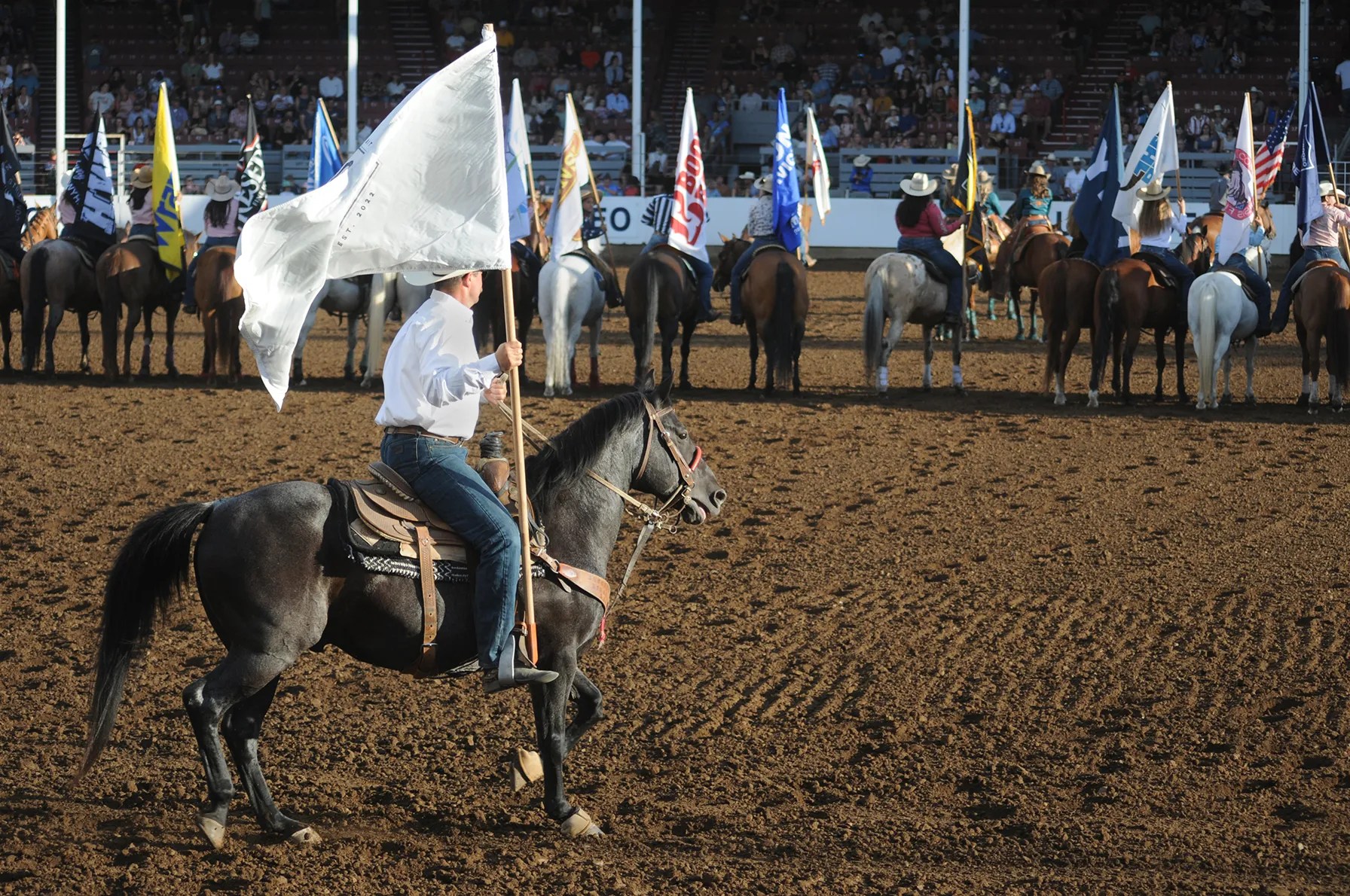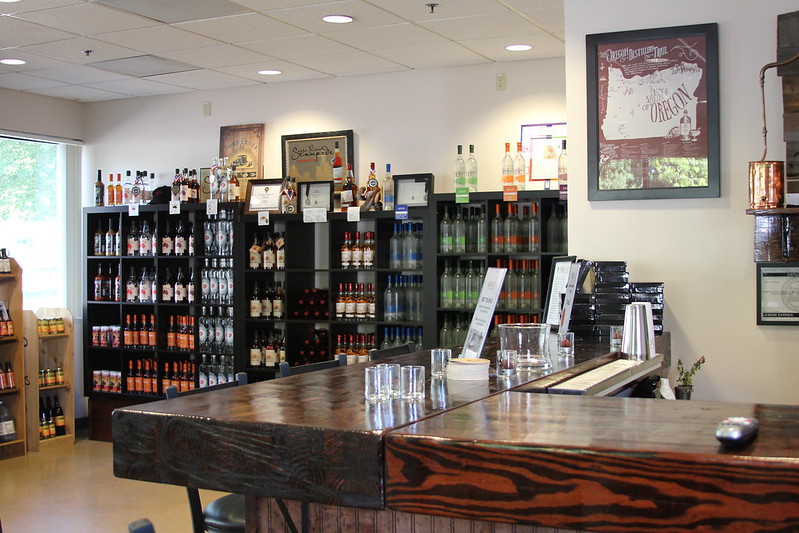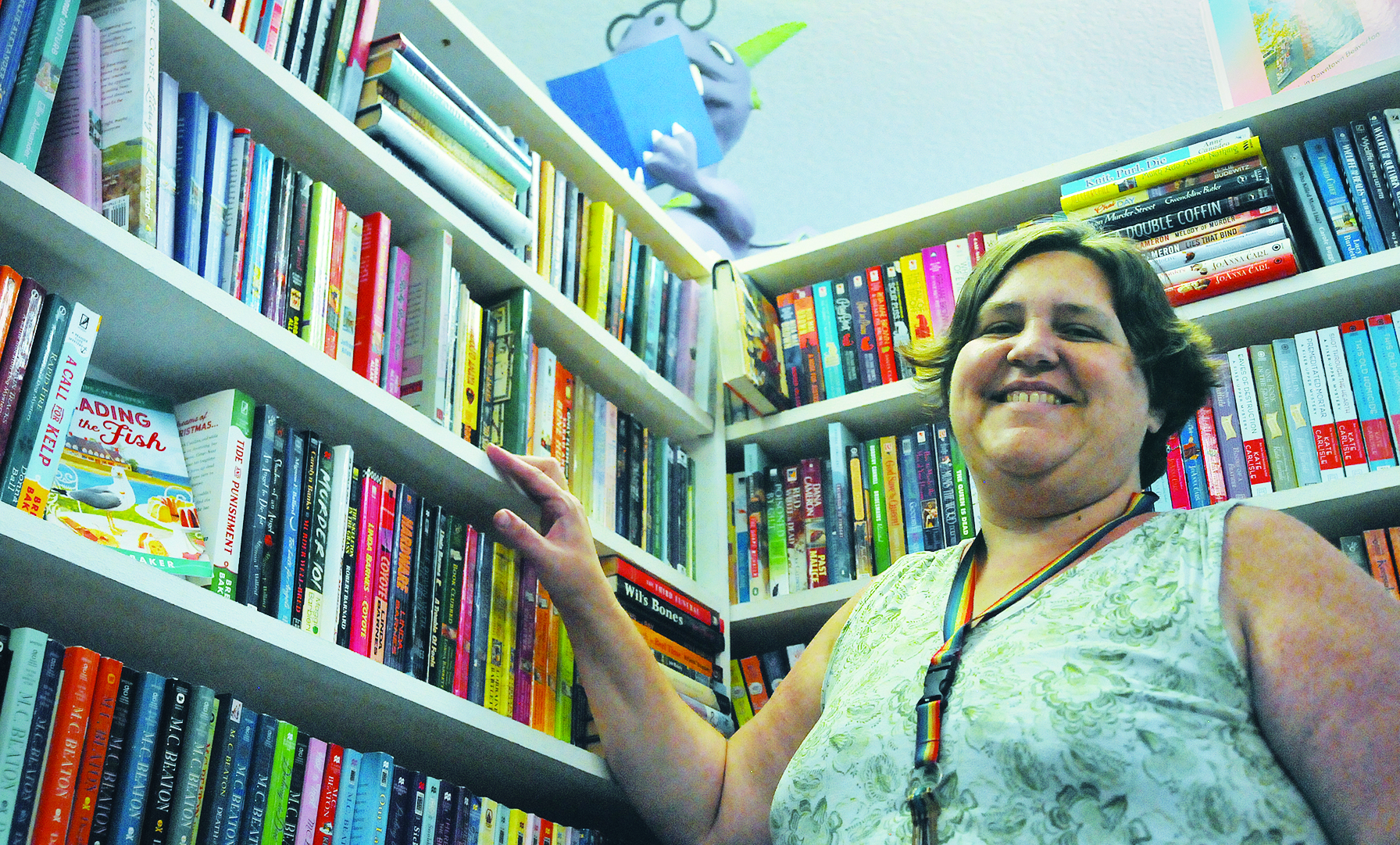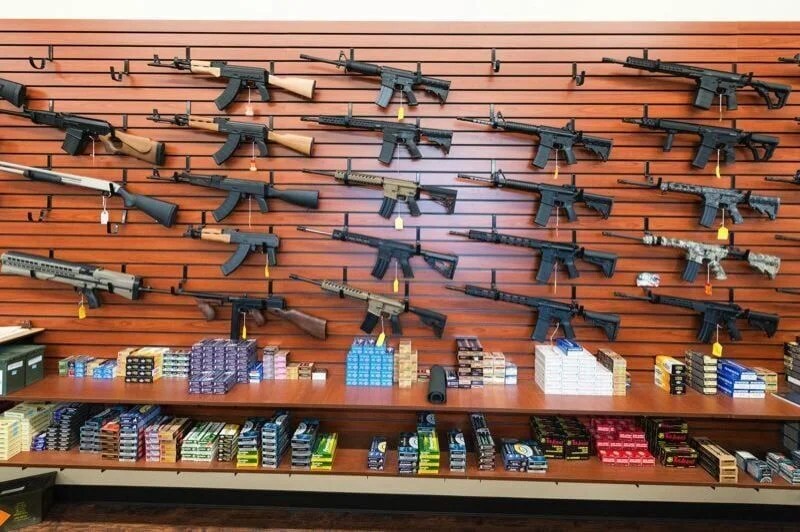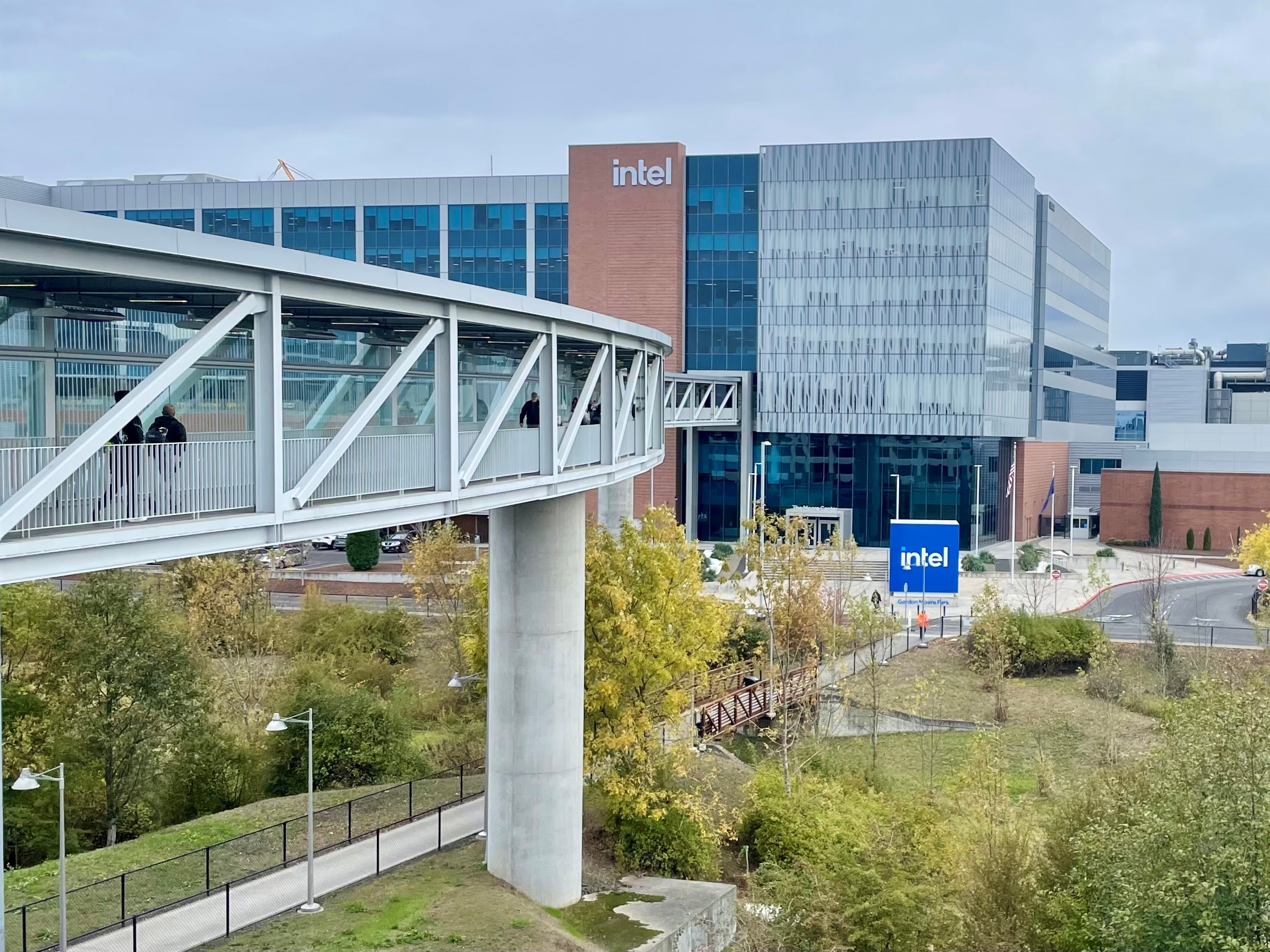FROM THE INTERN DESK: Despite the saying, this was my first rodeo
Published 2:48 pm Wednesday, July 2, 2025





The following account was written by journalist Fox Perez, a student at Oregon State University working as an intern at our newspaper this summer.
We pulled into the town of St. Paul around 5:30 p.m., the summer evening air still warm as we parked on a patch of dry grass that locals had turned into a makeshift lot.
The gravel crunching under my best pair of boots as I hauled my borrowed camera bag onto my shoulder, nervous and determined to capture something honest about this small town’s biggest event of the year.
The first sound that greeted us was the low thrum of country music drifting over the fairgrounds, blending with the whinny of horses and the metallic clank of gates closing. The air smelled like kettlecorn and barbecue, and families were already lining up for curly fries and elephant ears as kids darted between legs, clutching cans of Sprite.
Trending
The sun was just beginning its golden descent, slanting across the rodeo grounds, igniting dust motes in the air like flecks of gold. I lifted the camera to catch the light on a row of horses tied up near the practice pen, their tails flicking lazily, riders adjusting bridles with steady hands.
My first few shots were shaky, my fingers fumbling with dials, the autofocus hunting in and out as I tried to freeze the moment without missing it, to wait for the exact second when a rider looked up or the wind caught a flag just right.
As we moved toward the arena, the grandstands were already pulsing with energy. Teens in starched jeans and big belt buckles clustered by the entry gates. The smell of leather and horse droppings were heavy in the summer heat. The announcer’s voice boomed, rolling over the crowd with that comforting rodeo cadence: a mixture of humor, reverence and local pride.
I walked along the perimeter, camera at the ready, looking for those small, quiet stories in the middle of the noise: a dad adjusting his child’s cowboy hat before they climbed the bleachers, a young woman smoothing her horse’s mane in the golden light, a group of volunteers sharing a quick laugh while restocking soda coolers.
Standing behind the chutes, the energy felt different — quieter, but charged, like the calm before a storm. The metal gates were cool under my hands as I squeezed through, camera tucked close to my chest, trying to stay out of the way.
The riders stood over their horses and bulls, gloves tugged tight, eyes focused, their spurs clicking softly as they shifted their weight. One rider rested his head against the steel bars, whispering a prayer, while another pulled his rope tight, the bull beneath him kicking its hide against the chute in irritation, muscles rippling beneath coarse hair.
Trending
Behind me, small windows into the traditions that mold these men. A pair of jeans tied by their belt buckle to a fence, nicotine pouches laid on the benches, empty boots waiting to be filled, rolls of medical tape tossed to the gravel.
The smell was sharp: manure, sweat and the dusty scent of the arena mixing into something raw and alive. I could feel the heat radiating off the animals, the heavy breath of the bulls puffing into the warm evening, the clatter of hooves on steel echoing louder than the noise of the crowd.
Being back there was like standing on the edge of something ancient and electric, the moment before chaos, where riders’ calm wasn’t an absence of fear but a practiced form of carrying it, turning it into focus as they waited for the gate to swing open.
And then came the first bull ride. An electronic buzz and the chute clanged open, the bull bursting into the arena like a thunderclap, the rider’s arm whipping in the air as the animal twisted violently, chunks of earth being kicked into the air only to rain back down on us like hail while the crowd erupted.
In those moments I understood what people meant when they said the rodeo was alive.
Between events, the rodeo clown worked the crowd, children screaming with laughter while parents balanced corndogs and Coors Light cans, and an older cowpoke leaning against a fence, quietly watching the bronc riders warm up, his eyes reflecting the glow of the lights.
As the sky shifted to deep blue, then purple, eventually we left once we lost the light.
This was not just a sport; it was a town’s heartbeat for the week, a gathering of stories I was trying to catch one frame at a time, learning how to see, to wait, to notice the small moments between the big ones.
Despite the saying, this was my first rodeo — and my first time using a real camera, chasing the life of a place in light and shadow. I left with dust on my shoes, the battery drained, sweat on my back and my mind alive with the rhythm of the rodeo: moments that will stay with me long after the lights go out and the arena goes quiet again.


